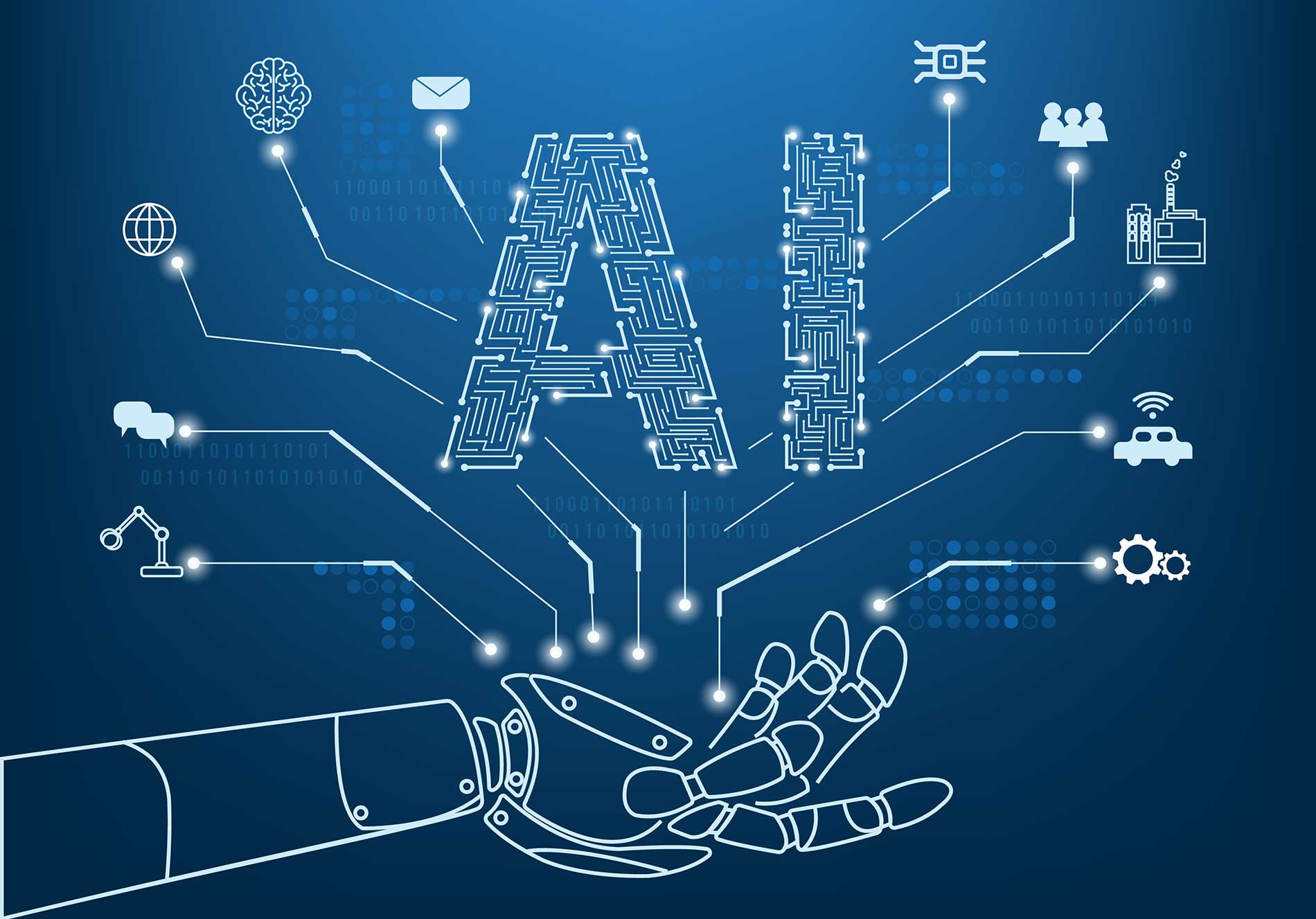AI automation is changing how businesses function. From improving productivity to delivering exceptional customer service, the role of AI automation is pivotal in today’s competitive market. Companies worldwide are turning to AI automation to streamline operations, reduce costs, and stay ahead.
But what does AI automation entail? How can businesses use it effectively? This guide provides a detailed breakdown of AI automation, its applications, benefits, challenges, and actionable steps to implement it in your organization.
What Is AI Automation?
AI automation refers to the integration of artificial intelligence (AI) technologies with automation tools to perform repetitive or data-driven tasks. Unlike traditional automation, AI automation can learn, adapt, and make decisions based on the data it processes.
Some examples include AI-powered chatbots, automated invoice processing, and machine learning algorithms for predictive analytics. These solutions are designed to replicate human cognitive functions, enabling businesses to operate more efficiently and deliver better outcomes.
Why Is AI Automation Crucial for Businesses?
Businesses face increasing pressures to meet rising customer expectations, manage costs, and scale operations efficiently. AI automation addresses these challenges by providing intelligent solutions that work faster, smarter, and more accurately than manual processes.
For instance, an e-commerce business can use AI automation to personalize product recommendations based on a customer’s browsing behavior. Similarly, a manufacturing company can rely on AI-powered systems to monitor equipment performance and predict maintenance needs before issues arise.
Integrating AI automation helps businesses optimize their processes and make data-driven decisions without overwhelming their workforce.
Key Benefits of AI Automation
1. Enhanced Efficiency
AI automation allows businesses to perform tasks faster and with greater precision. For example, AI systems can analyze large datasets in minutes, a task that might take humans days or even weeks to complete.
2. Reduced Operational Costs
By automating repetitive tasks, businesses can lower labor costs and reduce human error. Over time, the cost savings from AI automation outweigh the initial investment.
3. Improved Customer Satisfaction
AI automation enables businesses to deliver faster and more personalized customer experiences. Chatbots powered by AI can handle queries instantly, ensuring customers receive timely assistance.
4. Real-Time Data Analysis
AI automation tools can process and analyze data as it’s generated, providing businesses with up-to-date insights. This helps in making proactive decisions, such as adjusting marketing strategies or optimizing inventory.
5. Scalability
AI automation systems can handle increased workloads without requiring additional resources. As businesses grow, these systems can scale seamlessly to meet demand.
6. Innovation and Creativity
With mundane tasks automated, employees can focus on creative and strategic projects that drive innovation and business growth.
How AI Automation Works in Various Industries
AI automation is not limited to a specific sector. Its applications span industries, delivering measurable benefits across the board:
- Retail: AI powers dynamic pricing, personalized recommendations, and supply chain optimization. Retailers like Amazon use it to forecast demand and ensure timely restocking.
- Healthcare: AI automates medical billing, appointment scheduling, and even diagnostics, allowing healthcare providers to focus on patient care.
- Manufacturing: Automated quality control and predictive maintenance powered by AI minimize downtime and waste.
- Finance: AI tools are used for fraud detection, credit scoring, and automating compliance reporting.
- Logistics: Companies like FedEx and UPS use AI for route optimization and real-time shipment tracking.
Challenges of AI Automation
While AI automation offers numerous benefits, implementing it comes with its own set of challenges. Businesses must address these issues to fully realize its potential:
1. High Initial Investment
Implementing AI automation requires significant upfront costs, including purchasing software, upgrading infrastructure, and training staff. For smaller businesses, these costs can be prohibitive.
2. Data Privacy Concerns
AI systems rely on data, much of which is sensitive or confidential. Businesses must ensure that they adhere to strict data protection and privacy standards to maintain customer trust.
3. Resistance to Change
Introducing AI automation may lead to resistance from employees concerned about job displacement. Transparent communication and upskilling programs can help alleviate these concerns.
4. Integration Challenges
Merging AI automation tools with legacy systems can be complex and time-consuming. Businesses need to plan their implementation carefully to minimize disruptions.
5. Maintenance and Monitoring
AI systems require ongoing monitoring to ensure they remain accurate and effective. Regular updates and fine-tuning are necessary to address changing business needs.
Steps to Implement AI Automation
Adopting AI automation doesn’t have to be overwhelming. A structured approach can simplify the process and ensure a smooth transition:
Step 1: Assess Your Needs
Identify tasks that are repetitive, time-consuming, or prone to error. Examples include data entry, customer support, and payroll processing.
Step 2: Set Clear Goals
Define what you aim to achieve with AI automation. This could include reducing operational costs, improving customer service, or scaling operations efficiently.
Step 3: Research Solutions
Explore AI automation tools that align with your business needs. Popular platforms include Salesforce for customer relationship management and UiPath for workflow automation.
Step 4: Test with a Pilot Project
Start small by automating one or two processes. Evaluate the system’s effectiveness before scaling it across the organization.
Step 5: Train Your Team
Provide training sessions to help employees understand and adapt to AI automation tools. Address concerns openly to foster trust and acceptance.
Step 6: Monitor and Refine
Track the performance of your AI automation systems regularly. Use analytics to identify areas for improvement and optimize processes accordingly.
Future Trends in AI Automation
The world of AI automation is constantly evolving, and businesses must stay updated on emerging trends:
- AI-Powered Personalization: From marketing to product development, AI automation will create hyper-personalized customer experiences.
- No-Code AI Platforms: Tools that allow non-technical users to implement AI automation will make adoption easier.
- AI and IoT Integration: Automated systems connected to IoT devices will streamline operations in industries like manufacturing and logistics.
- Ethical AI Practices: Businesses will focus on creating transparent and unbiased AI systems to gain consumer trust.
Are you ready to explore the benefits of AI automation for your business? Start today by identifying areas for improvement and selecting tools that can drive efficiency and growth.
Conclusion
AI automation is transforming how businesses operate by improving efficiency, reducing costs, and enabling smarter decision-making. As industries become more competitive, the ability to adapt and implement AI automation will determine success. Begin your AI automation journey today to future-proof your operations and stay ahead of the competition.











